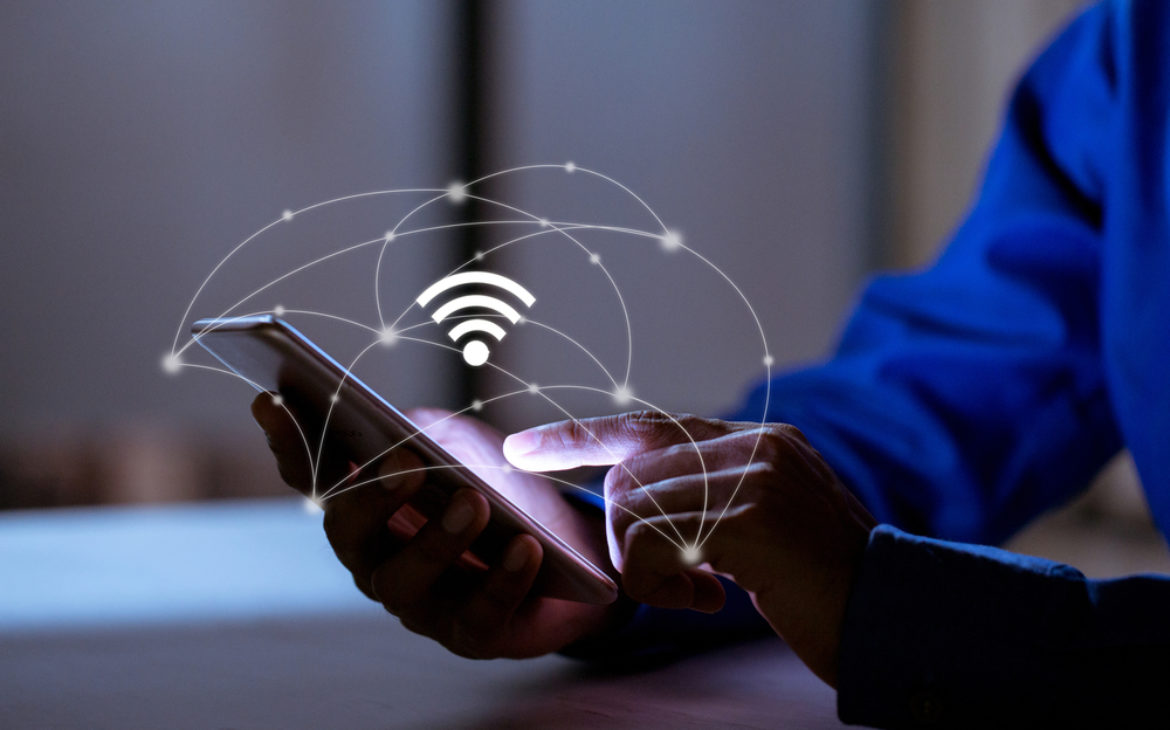MiFi is a mobile hotspot device that uses cellular networks’ mobile data to enable internet access nearly anywhere. To get online, simply link your laptops, tablets, and other connected devices to one of these portable WiFi hotspots.
What is MiFi?
Despite being used interchangeably with terms like “pocket WiFi,” the name MiFi really refers to Inseego mobile routers. Similar to how Kleenex is a brand name typically used as a synonym of tissues, MiFi has evolved into a catch-all phrase for portable routers. The term is probably a combination of “my WiFi” or “mobile WiFi,” though there is no official explanation.
How does MiFi work?
Instead of using traditional terrestrial internet like cable or fiber, a MiFi device uses mobile broadband. As a result, SIM cards or eSIMs, which deliver a 4G LTE or 5G cellular signal, are needed for MiFi routers. Your phone, laptop, tablet, or Nintendo Switch are all connected devices that receive access to that internet connection. To get started, you’ll need a MiFi device, a data plan, and a SIM card. Once everything is set up, you connect to the MiFi as you would to any other WiFi network.
In a traditional home internet configuration, a signal gets transmitted, typically by cable or fiber optic. An internet connection is wirelessly distributed throughout your home via a WiFi router after a modem analyzes that data and feeds it to streaming boxes and laptops. Similar to mobile phones, portable routers accept an internet signal and connect to WiFi-enabled electronics to provide web access virtually everywhere.
MiFi or WiFi: What’s the difference?
In short, WiFi is technology enabling wireless internet access, whereas MiFi is a device that delivers mobile broadband. MiFi creates a WiFi signal for communication with your various gadgets.
How fast is MiFi?
Mobile hotspots provide download speeds of up to 2.5 Gbps over a 5G connection and as much as 100 Mbps over a 4G LTE connection. Real-world speeds, however, differ depending on a number of variables, such as WiFi type and signal strength.
MiFi vs. mobile hotspots
MiFi routers are great for working remotely or, say, streaming Netflix shows. While your Android or iPhone can act as a mobile hotspot, a dedicated pocket WiFi gadget allows you to save battery life on your phone. Additionally, since MiFi needs its own service, you won’t go over your phone plan’s WiFi hotspot data allotment.
Since you just need to carry one device, phone-based hotspot networking is undoubtedly practical. Generally, we recommend MiFi mobile broadband to:
- frequent travelers
- digital nomads and remote workers
- people regularly connecting multiple devices away from home.
Pros
- Preserving phone battery life
- Saving phone hotspot data
- Internet access wherever there is a cell signal
- Functionality with multiple simultaneously connected devices
Cons
- Requires its own data plan
- One more device to carry around
- More expensive than using a mobile phone as a hotspot (extra device and additional plan expenses)
